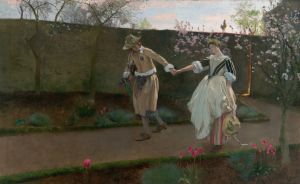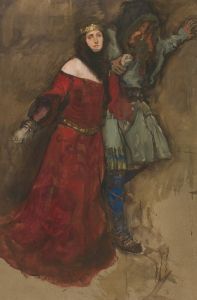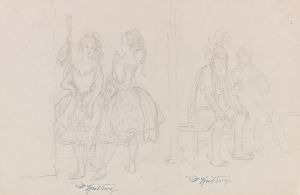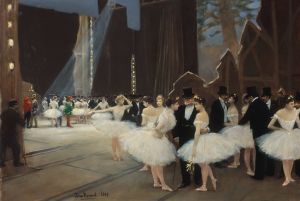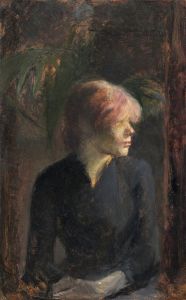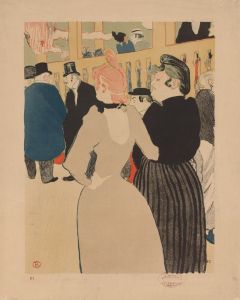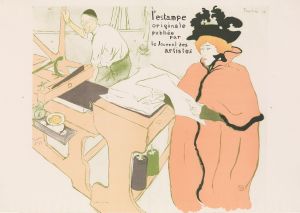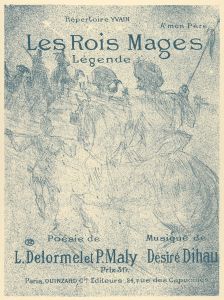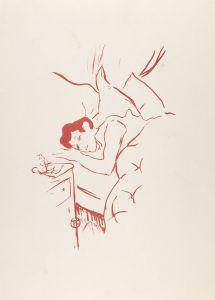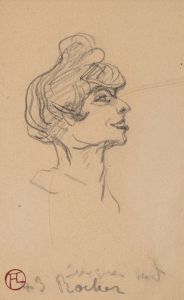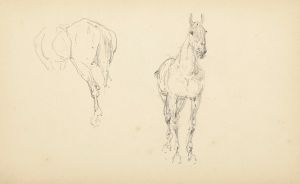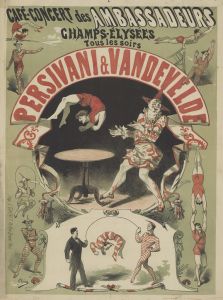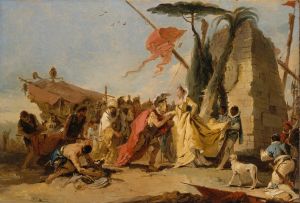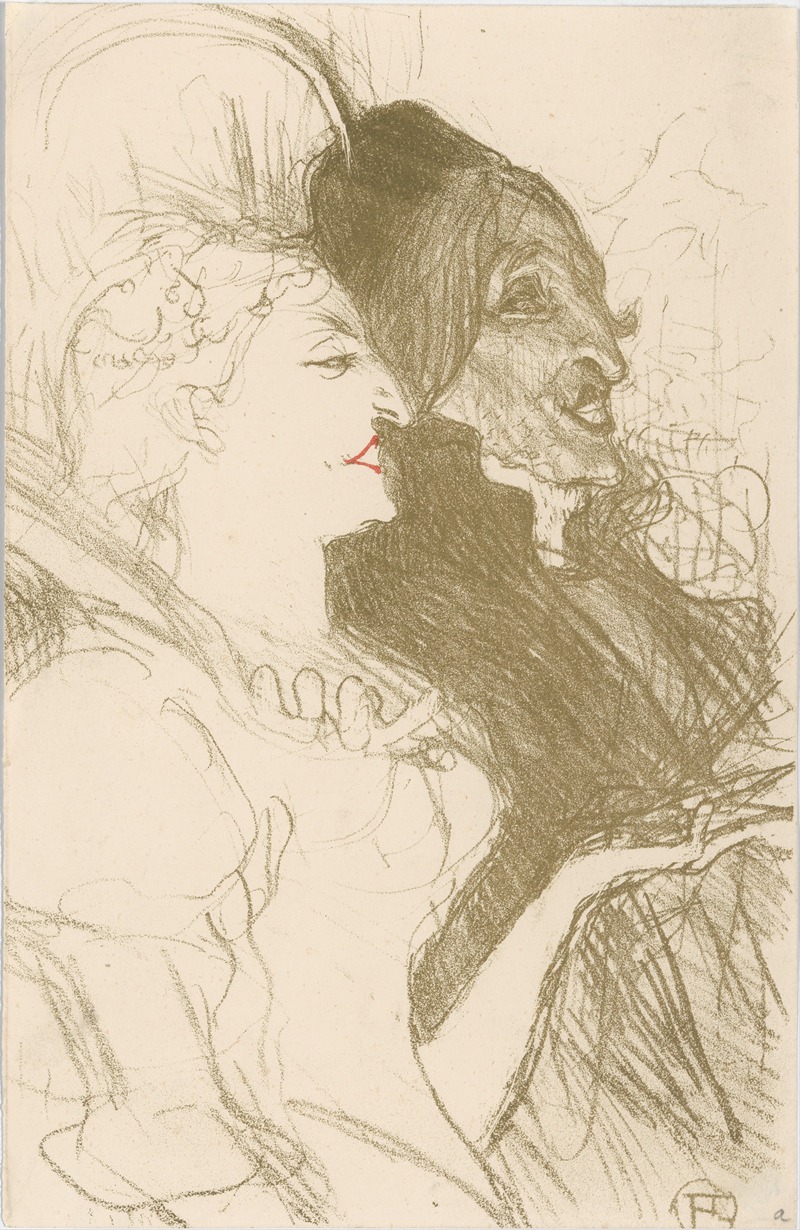
Carnival
A hand-painted replica of Henri de Toulouse-Lautrec’s masterpiece Carnival, meticulously crafted by professional artists to capture the true essence of the original. Each piece is created with museum-quality canvas and rare mineral pigments, carefully painted by experienced artists with delicate brushstrokes and rich, layered colors to perfectly recreate the texture of the original artwork. Unlike machine-printed reproductions, this hand-painted version brings the painting to life, infused with the artist’s emotions and skill in every stroke. Whether for personal collection or home decoration, it instantly elevates the artistic atmosphere of any space.
Henri de Toulouse-Lautrec was a French painter, printmaker, draughtsman, and illustrator whose immersion in the colorful and theatrical life of Paris in the late 19th century allowed him to produce a collection of enticing, elegant, and provocative images of the modern and sometimes decadent life of those times. One of his notable works is "Carnival," which captures the essence of the festive and vibrant atmosphere associated with the carnival season.
Henri de Toulouse-Lautrec was born on November 24, 1864, in Albi, France, and he became one of the most well-known artists of the Post-Impressionist period. His work is characterized by its bold use of color, expressive lines, and keen observation of human behavior. Toulouse-Lautrec's physical disabilities, resulting from a genetic disorder and subsequent injuries, did not hinder his artistic output but rather seemed to deepen his insight into the human condition.
"Carnival" by Henri de Toulouse-Lautrec is a painting that exemplifies his unique style and his ability to capture the spirit of Parisian nightlife. The painting depicts a lively scene filled with costumed figures, masks, and the exuberant energy typical of carnival celebrations. Toulouse-Lautrec's use of vivid colors and dynamic composition brings the scene to life, allowing viewers to almost hear the music and feel the excitement of the festivities.
The painting showcases Toulouse-Lautrec's skill in portraying movement and emotion. The figures in "Carnival" are rendered with a sense of immediacy and spontaneity, reflecting the artist's ability to capture fleeting moments with precision. The use of bold, contrasting colors and fluid brushstrokes adds to the sense of movement and vitality in the scene.
Toulouse-Lautrec's interest in the carnival theme can be linked to his fascination with the theatrical and the unconventional. The carnival, with its masks and costumes, provided a perfect subject for the artist to explore themes of identity, disguise, and the blurring of social boundaries. This interest is evident in many of his works, where he often depicted performers, dancers, and other figures from the world of entertainment.
"Carnival" is also notable for its composition, which draws the viewer's eye into the scene and creates a sense of depth and perspective. The arrangement of figures and the use of light and shadow guide the viewer's gaze through the painting, creating a dynamic and engaging visual experience.
Henri de Toulouse-Lautrec's "Carnival" is a testament to his ability to capture the essence of a moment and convey the energy and emotion of a scene. The painting remains an important example of his work and a valuable piece of art history, reflecting the vibrant and often tumultuous world of late 19th-century Paris.
In summary, "Carnival" by Henri de Toulouse-Lautrec is a vivid and dynamic portrayal of a festive scene, showcasing the artist's skill in capturing movement, emotion, and the spirit of the carnival season. Through his use of color, composition, and keen observation, Toulouse-Lautrec brings the scene to life, offering viewers a glimpse into the lively and theatrical world that fascinated him.





